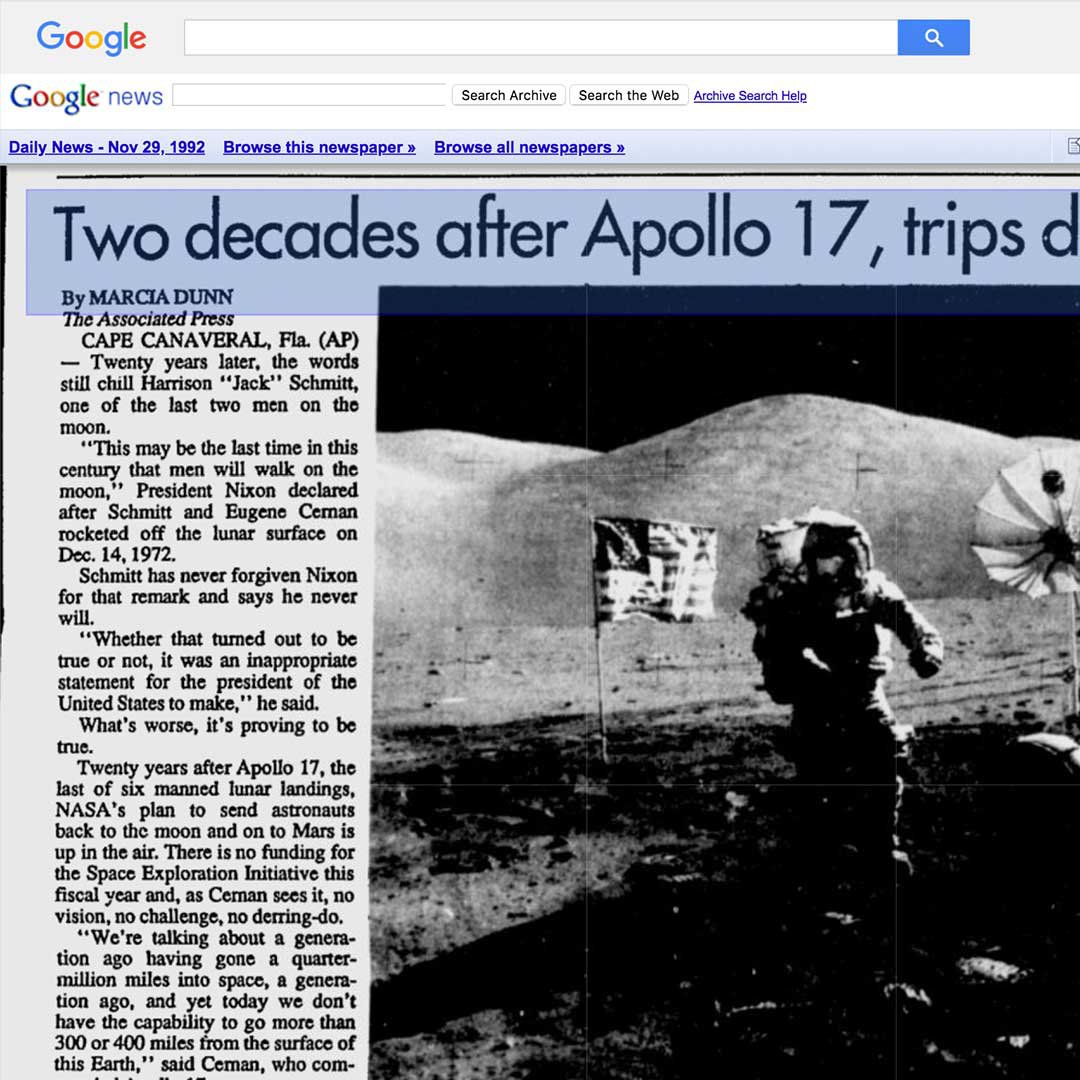News Articles for Beginners
News Articles for Beginners
Blog Article
News Articles Things To Know Before You Buy
Table of Contents6 Easy Facts About News Articles ExplainedNews Articles Can Be Fun For AnyoneNews Articles for BeginnersFascination About News ArticlesThe Only Guide for News Articles
Great understanding of different topics offers trainees an affordable edge over their peers. Despite the fact that electronic and social networks are readily easily accessible, we ought to not forget just how crucial it is to check out the papers. Moms and dads have to try and inculcate the practice of reading a newspaper as a day-to-day routine to continue the legacy of the adored print medium.Information stories likewise have at the very least one of the complying with important attributes family member to the designated audience: proximity, importance, timeliness, human passion, curiosity, or consequence.
Within these limits, news tales likewise aim to be extensive. Among the larger and a lot more recognized papers, justness and balance is a major element in presenting details.
Papers with an international target market, as an example, often tend to utilize a much more official style of composing. The certain choices made by a news outlet's editor or editorial board are frequently collected in a design guide; usual design guides consist of the and the US News Design Publication. The main objectives of news writing can be summarized by the ABCs of journalism: precision, brevity, and clearness.
Not known Facts About News Articles
As a regulation, reporters will certainly not utilize a long word when a brief one will certainly do. News authors try to avoid utilizing the very same word much more than as soon as in a paragraph (occasionally called an "echo" or "word mirror").
Headlines in some cases omit the subject (e.g., "Jumps From Boat, Catches in Wheel") or verb (e.g., "Cat female fortunate"). A subhead (also subhed, sub-headline, subheading, subtitle, deck or dek) can be either a subservient title under the major heading, or the heading of a subsection of the short article. It is a heading that comes before the major text, or a group of paragraphs of the main message.

Added signboards of any of these kinds might appear later in the short article (especially on succeeding web pages) to tempt more reading. Such billboards are additionally utilized as reminders to the write-up in various other sections of the magazine or site, or as advertisements for the piece in other magazine or sites. Regular structure with title, lead paragraph (summary in strong), various other paragraphs (information) and call information.

Instance of a hard-lead paragraph NASA is proposing one more space job. The budget plan demands around $10 billion for the job.
An "off-lead" is the 2nd most essential front web page information of the day. To "hide the lead" is to start the post with history details or details of second relevance to the viewers, requiring them to read even more deeply into a write-up than they must have to in order to find the important points.
The Definitive Guide to News Articles
Common use is that one or 2 sentences each form their very own paragraph. Journalists typically describe the organization or structure of an information tale as an inverted pyramid. The important and most fascinating visit elements of a story are placed at the beginning, with supporting details complying with in order of reducing significance.
It permits people to discover a subject to just the depth that their interest takes them, and without the charge of information or nuances that they might take into consideration irrelevant, yet still making that info available to a lot more interested viewers. The inverted pyramid structure also allows articles to be cut to any arbitrary length during design, to suit the area readily available.
Some writers start their stories with the "1-2-3 lead", yet there are numerous kinds of lead readily available. This layout usually begins with a "Five Ws" opening paragraph (as described over), complied with by an indirect quote that serves to support a significant aspect of the initial paragraph, visit here and afterwards a direct quote to sustain the indirect quote. [] A kicker can refer to multiple points: The last story current program; a "pleased" tale to end the program.
Longer articles, such as magazine cover short articles and the pieces that lead the within sections of a newspaper, are referred to as. Attribute stories differ from straight information in numerous ways. Foremost is the lack of a straight-news lead, most of the moment. Rather than providing the essence of a tale in advance, feature writers might attempt to entice readers in.
Some Of News Articles
The reporter usually details interactions with meeting topics, making the piece more individual. An attribute's initial paragraphs often connect an interesting minute or event, as in an "anecdotal lead". From the details of a person or episode, its view rapidly broadens to generalities about the story's subject. The section that signifies what a feature is around is called the or billboard.

The Editor's Tool kit: A Referral Overview for Beginners and Professionals (2001) Allan M. Siegal and William G. Connolly. The New York Times Guidebook of Design and Usage: The Authorities Design Overview Made Use Of by the Writers and Editors of the Globe's A lot of Authoritative Paper (2002) M. L. Stein, Susan Paterno, and R.
Report this page